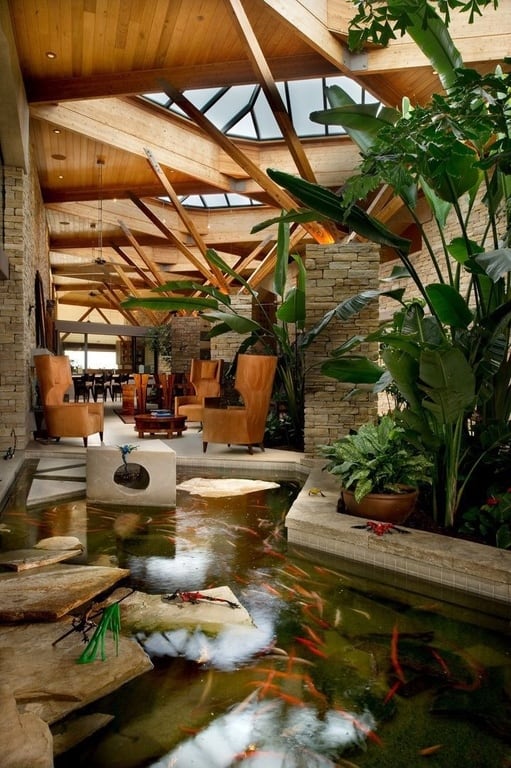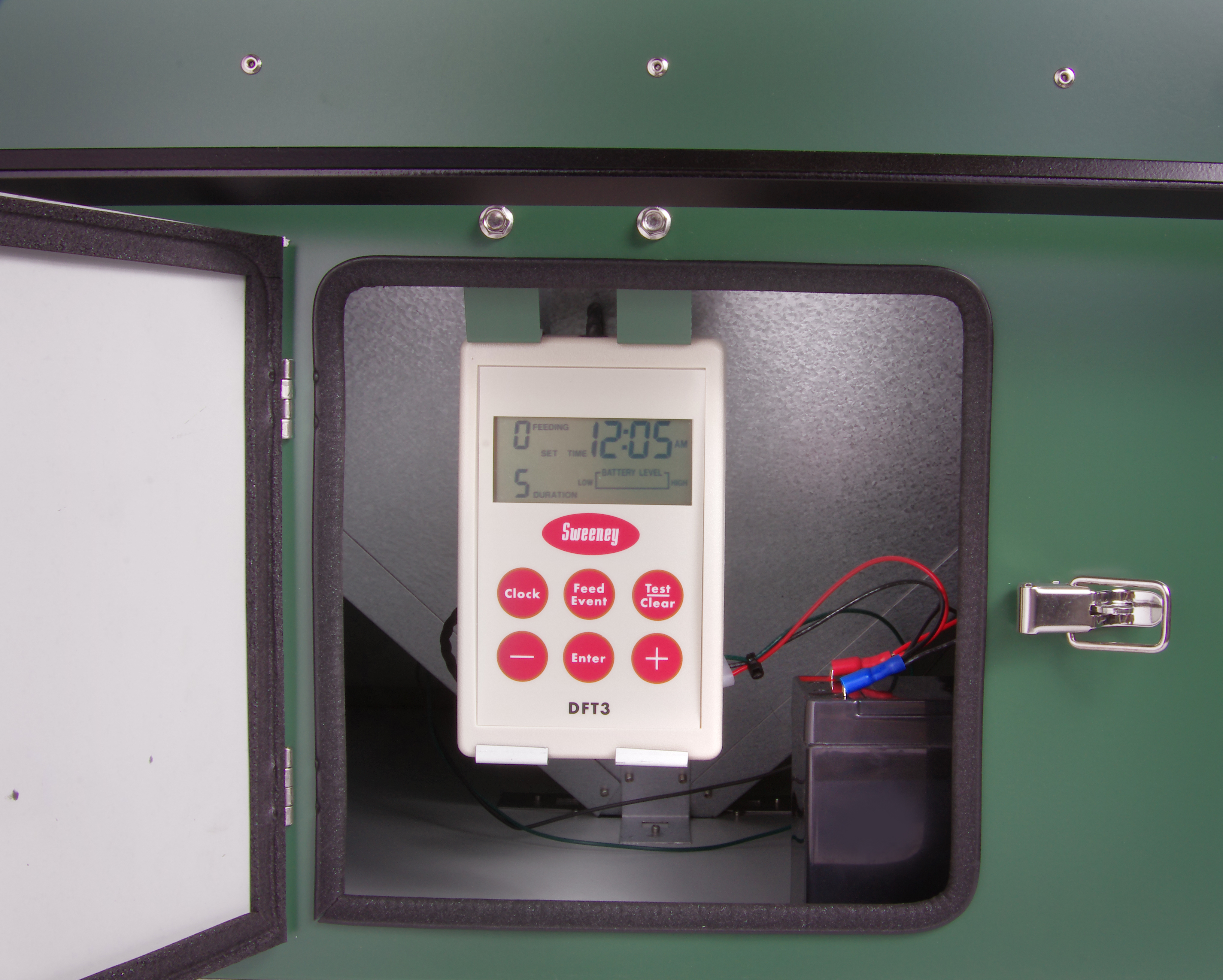What to feed pond fish
Home » » What to feed pond fishYour What to feed pond fish images are available. What to feed pond fish are a topic that is being searched for and liked by netizens now. You can Find and Download the What to feed pond fish files here. Find and Download all royalty-free vectors.
If you’re looking for what to feed pond fish pictures information linked to the what to feed pond fish interest, you have pay a visit to the right blog. Our website always gives you hints for seeking the maximum quality video and picture content, please kindly search and find more enlightening video articles and images that match your interests.
What To Feed Pond Fish. I recommend pellets since the research has been done for you and they are very convenient. However, fish also need supplemental nourishment, particularly if you�re growing them for sport. To ensure that all their nutritional needs are met, you can also use fish food pellets to supplement the food they naturally get in a pond. What do pond fish eat in the winter?
 List of Turkey Breeds Modern Farming Methods From roysfarm.com
List of Turkey Breeds Modern Farming Methods From roysfarm.com
Aimed at bottom feeding fish such as sturgeon, but most fish will eat them anyway. Keep in mind the more feed you introduce into your pond or lake will increase the overall biomass of fish, and in return, the oxygen demand will increase. Determining what and how often to feed your fish depends primarily on water temperature. For most of us, a high quality commercially prepared pellet is the way to go. In some conditions, such as limiting low temperatures, feed only every two to three days. All pond fish should be fed a combination of pellets, flakes, and fresh food at least twice a day.
When the water temperature drops to 70f, your fishes’ staple food should be mixed with a wheat germ base that contains less protein.
The number of feeds per day also depends on how much time you spend at home, as well as the temperature. Quite a few feed mills make fish food. To ensure that all their nutritional needs are met, you can also use fish food pellets to supplement the food they naturally get in a pond. Wheatgerm is a natural foodstuff with a low protein content that is very easy to digest and is suitable for all pond fish, including koi. Once the fish have grown to about 7 cm (2.8 in) or more they should be able to eat sticks or pellets, which will provide more food per mouthful than flake. Varieties available include growth, vitality and colour sticks.
 Source: alabamaaquarium.com
Source: alabamaaquarium.com
All pond fish should be fed a combination of pellets, flakes, and fresh food at least twice a day. To ensure that all their nutritional needs are met, you can also use fish food pellets to supplement the food they naturally get in a pond. Feed trained fish feeding from a feeder. However, fish also need supplemental nourishment, particularly if you�re growing them for sport. What do pond fish eat in the winter?
 Source: video.nationalgeographic.com
Source: video.nationalgeographic.com
Wheatgerm is a natural foodstuff with a low protein content that is very easy to digest and is suitable for all pond fish, including koi. Feed more often if possible, particularly for juvenile fish (see section 10.3, paragraphs 13 and 14). Feeding your pond fish is a great responsibility and their lives depend on it. I recommend pellets since the research has been done for you and they are very convenient. Goldfish will also eat bugs, insect larvae, small crustaceans, tadpoles, and zooplankton in ponds.
 Source: roysfarm.com
Source: roysfarm.com
• give small portions, let them clear all of it, and offer small portion again until they are slowing or not showing interest in feeding. The number of feeds per day also depends on how much time you spend at home, as well as the temperature. Under normal rearing conditions, it is best to feed your fish at least once a day, usually for six days a week. For most of us, a high quality commercially prepared pellet is the way to go. There are many opinions on what to feed your pond fish.
 Source: trendir.com
Source: trendir.com
Under normal rearing conditions, it is best to feed your fish at least once a day, usually for six days a week. Pond flake is the ideal starter for small fish up to about 5 cm (2 in). Goldfish will also eat bugs, insect larvae, small crustaceans, tadpoles, and zooplankton in ponds. You can learn more details on feeding your pond fish >> pond protection additions for your fish Feed trained fish feeding from a feeder.
 Source: sweeneyfeeders.com
Source: sweeneyfeeders.com
Quite a few feed mills make fish food. Pelleted foods tend to be more dense than stick foods, and less volume needs to be fed. I recommend pellets since the research has been done for you and they are very convenient. If you have any catfish or pleco in your pond, feed them once a day as they tend to not require as much food compared to other types of fish. Feed more often if possible, particularly for juvenile fish (see section 10.3, paragraphs 13 and 14).
 Source: roysfarm.com
Source: roysfarm.com
Feed more often if possible, particularly for juvenile fish (see section 10.3, paragraphs 13 and 14). But what do fish eat in a pond, and do you need to actively feed them? To ensure that all their nutritional needs are met, you can also use fish food pellets to supplement the food they naturally get in a pond. In the wild, your fish will feed on worms, leeches, insects, weeds, algae, and other types of food that can be found naturally in lakes or ponds. Those are good quality products, but it’s our job to figure out what will help you meet your goals.
 Source: fishfarmsupply.ca
Source: fishfarmsupply.ca
Pelleted foods tend to be more dense than stick foods, and less volume needs to be fed. In the wild, your fish will feed on worms, leeches, insects, weeds, algae, and other types of food that can be found naturally in lakes or ponds. The number of feeds per day also depends on how much time you spend at home, as well as the temperature. Determining what and how often to feed your fish depends primarily on water temperature. Feed trained fish feeding from a feeder.
 Source: pinterest.com
Source: pinterest.com
Pond flake is the ideal starter for small fish up to about 5 cm (2 in). At this time you should be feeding a food with. It is important not to feed more than the fish can consume as uneaten feed will lead to negative water quality, including a drop in dissolved oxygen levels in the water. Feed more often if possible, particularly for juvenile fish (see section 10.3, paragraphs 13 and 14). Quite a few feed mills make fish food.
 Source: youtube.com
Source: youtube.com
• give small portions, let them clear all of it, and offer small portion again until they are slowing or not showing interest in feeding. The number of feeds per day also depends on how much time you spend at home, as well as the temperature. At this time you should be feeding a food with. Fish flake is easily digested by most pond fish, but it’s also the cheaper option for feeding your pets koi and goldfish. For most of us, a high quality commercially prepared pellet is the way to go.
This site is an open community for users to share their favorite wallpapers on the internet, all images or pictures in this website are for personal wallpaper use only, it is stricly prohibited to use this wallpaper for commercial purposes, if you are the author and find this image is shared without your permission, please kindly raise a DMCA report to Us.
If you find this site good, please support us by sharing this posts to your favorite social media accounts like Facebook, Instagram and so on or you can also save this blog page with the title what to feed pond fish by using Ctrl + D for devices a laptop with a Windows operating system or Command + D for laptops with an Apple operating system. If you use a smartphone, you can also use the drawer menu of the browser you are using. Whether it’s a Windows, Mac, iOS or Android operating system, you will still be able to bookmark this website.